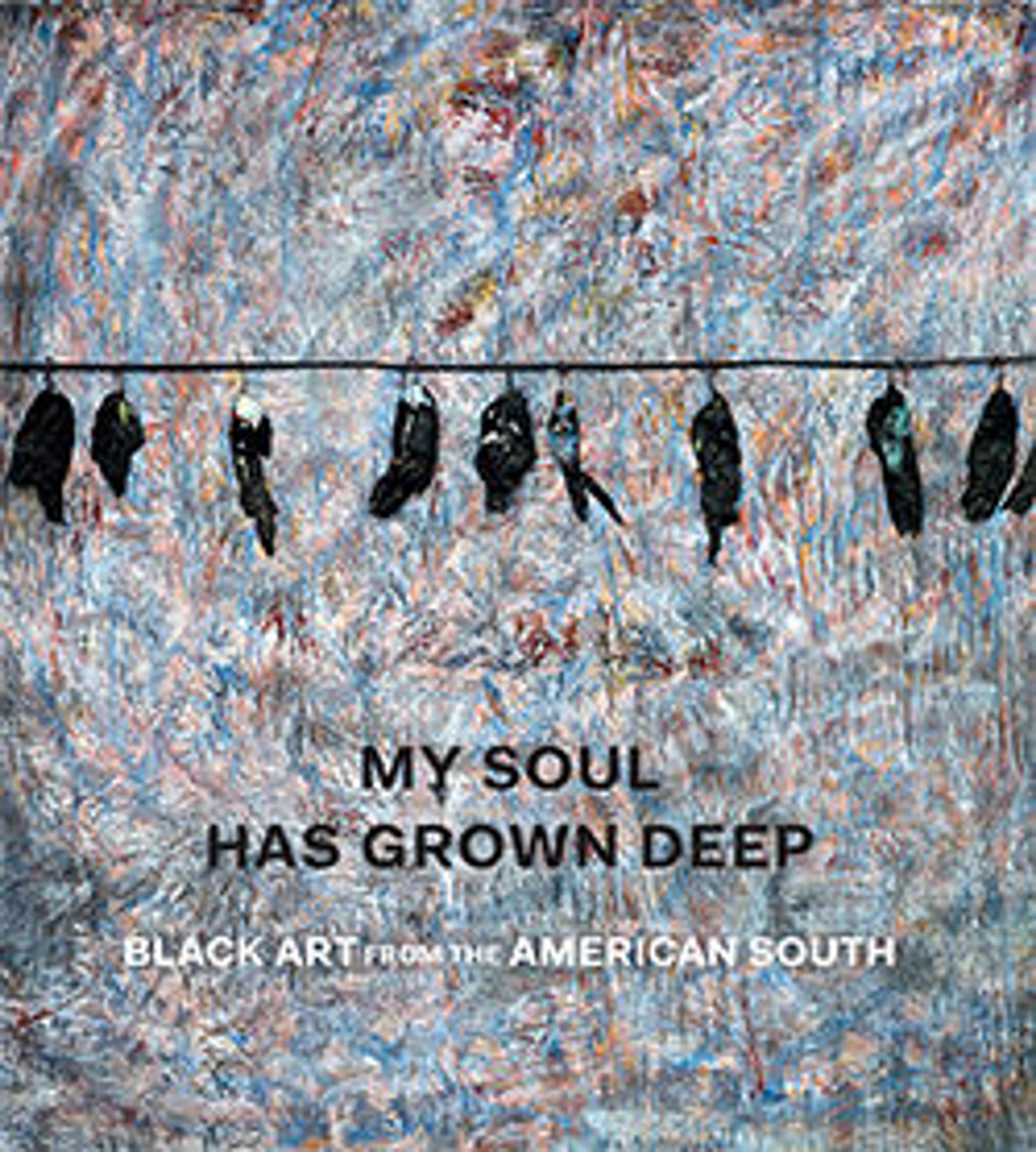Four Hundred Years of Free Labor
Four Hundred Years of Free Labor is composed of old rusted metal tools—shovels, pitchforks, pickax heads, and a hoe—held together by welded pipes and bound by chains. Shown upright, the tools collectively assume a human presence. They confront the viewer like ghosts of their former users, evoking multiple and different groups of African Americans subjected to forced labor over time, from enslaved people harvesting cotton before the Civil War to chain gangs in the twentieth century. Minter’s assembled tools stand as iconic testaments to the lives of the anonymous laborers who once wielded them. Sculptures like this one can still be found on the artist’s Birmingham property, which over the course of thirty years he has turned into an ever-evolving art environment titled The African Village in America.
Artwork Details
- Title:Four Hundred Years of Free Labor
- Artist:Joe Minter (American, born Birmingham, Alabama, 1943)
- Date:1995
- Medium:Welded found metal
- Dimensions:8 ft. 9 in. × 60 in. × 54 in. (266.7 × 152.4 × 137.2 cm)
- Classification:Sculpture
- Credit Line:Gift of Souls Grown Deep Foundation from the William S. Arnett Collection, 2014
- Object Number:2014.548.11
- Rights and Reproduction:© Joe Minter/Artists Rights Society (ARS), New York.
- Curatorial Department: Modern and Contemporary Art
More Artwork
Research Resources
The Met provides unparalleled resources for research and welcomes an international community of students and scholars. The Met's Open Access API is where creators and researchers can connect to the The Met collection. Open Access data and public domain images are available for unrestricted commercial and noncommercial use without permission or fee.
To request images under copyright and other restrictions, please use this Image Request form.
Feedback
We continue to research and examine historical and cultural context for objects in The Met collection. If you have comments or questions about this object record, please contact us using the form below. The Museum looks forward to receiving your comments.
